Graphic Pipeline in Game Dev: Concept Art
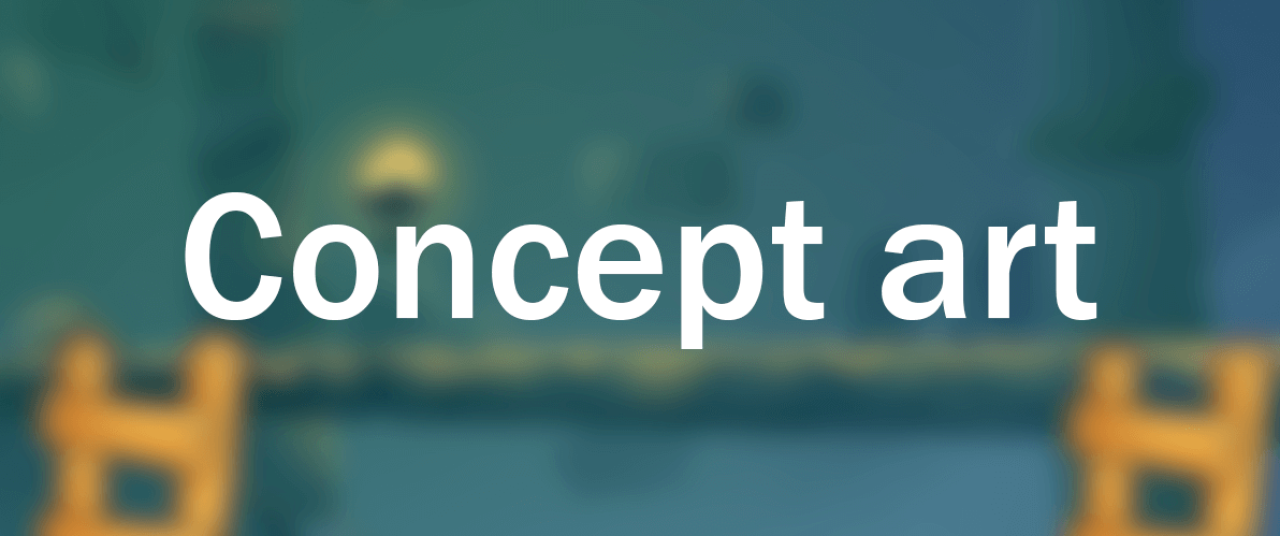
A pipeline is a production line of game content development, when graphic elements move like on a pipeline, going through different stages of development from concept to completion.
Main stages of development are concept art, content production (model creation, texturing, animation), integration into the game.
More details of the stages are shown in this block diagram:
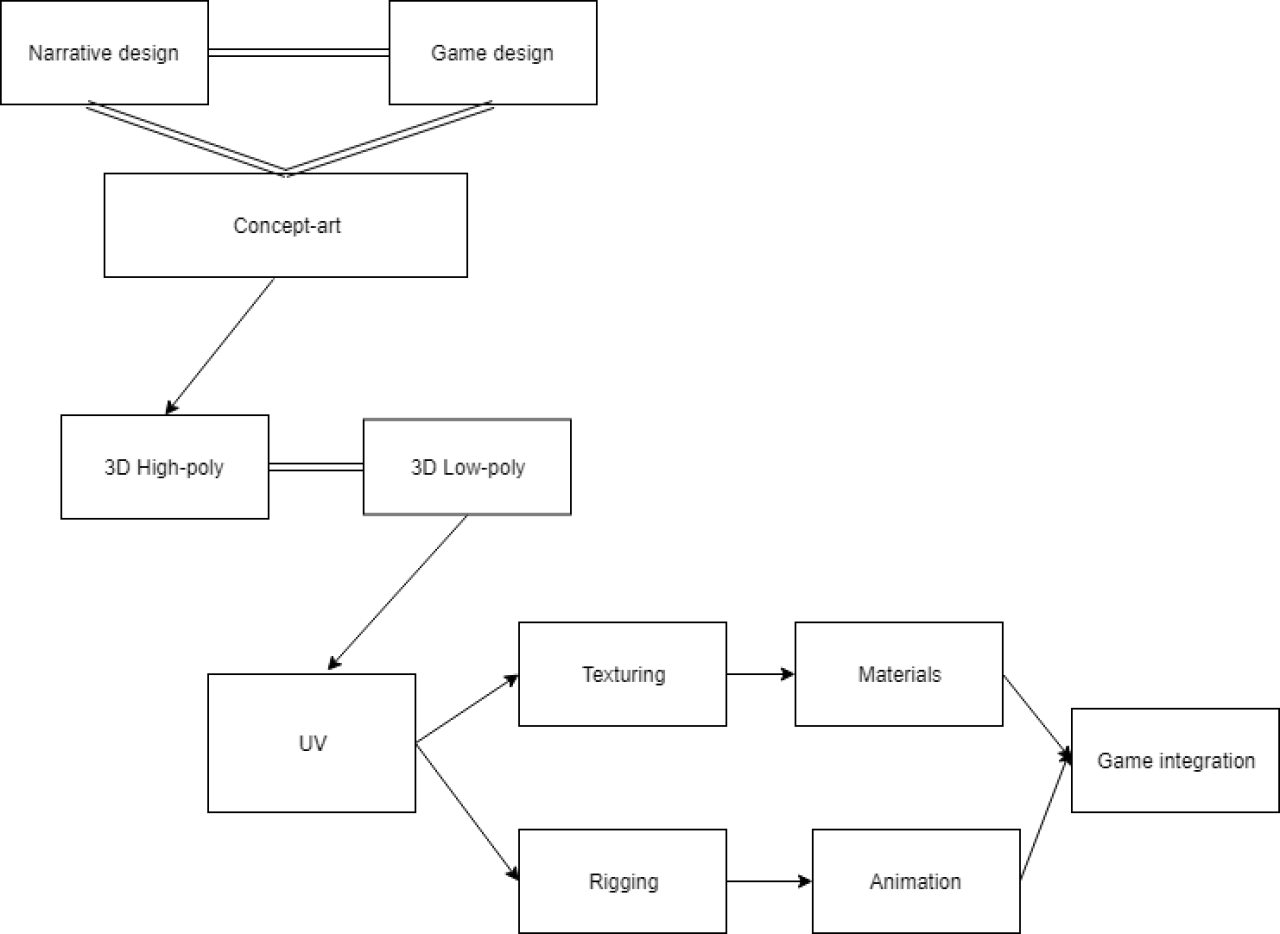
For each stage, there are specialists who are focused on a certain task. When the project has passed one development stage, it is transferred to the next one in another department. The department that transferred the project starts working on a new one immediately so the pipeline is working nonstop. If there are any corrections or any mistakes made, the project goes all over the pipeline cycle again. Most of the mental and experimental work is done at the Concept art stage due to this feature. Otherwise, the pipeline will be stuck and the work will stop.
What is Concept art?
Concept art is the initial stage of graphics development. In other words, those are quick sketches for future implementation. The main purpose of the concept of art is to create a sketch or a layout of the object in a short time and put it into production. The concept specialists are researchers in game development graphic sphere.
At an early stage, you can apply various options: from the craziest and bravest to the minimalistic and modest. Concepts are created according to technical descriptions, that come from game designers and narrators. It sets a framework and then comes the reverse feedback. After the feedback, the narration can be changed, or new ideas in the game design may occur.
For example, if you give a task to develop a “king” character, artists will start to sort out the options:
- King of what? A local tribe king or the ruler of the universe.
- What is his personality? He can be either wise or greedy, or suspicious and so on.
- How old is he?
- How does he look like?
- What about his clothing?
A concept artist can generate several hundred options by answering such questions.
Narrow the action after a game designers’ feedback, while meeting all the stages of development:
- References. Artists are looking for interesting photos and examples from other works, that reveal the theme.
- Black silhouette. At this stage, artists make quick brush strokes, looking for an abstract image of the future character. They spend up to 5-10 minutes on every stroke. Most of the time considering the information. This stage determines whether the character would be recognizable at first sight. Many options can be sorted out. Such content is discussed within the team of artists.
- Concept art candidate. The team of artists chooses several interesting silhouettes and begins to work on them. Additionally, they create several completely different sketches rotated in three quarters, mostly in black and white colors. A character will be in a position that emphasizes its personality. Then the art is sent for approval.
- The concept of a color palette. After the third approved stage, the black and white sketch is quickly painted in several different color palettes. Then the palettes are sorted out.
- Promo concept. The final variant is lead from the draft version to a full and complete art. Then we can see them at the game announcement or in art books.
- Drawing. The subject is depicted in the front view, sideways, behind, and from above. Also, the complex elements are depicted separately and unassembled. At this stage, all the sizes are observed and all parts are applied. The drawing will be sent to 3D modelers, who will reproduce the model thoroughly.
- Animation sketches. All the character’s movement animations created. The way it will work in the future and a character’s personality.
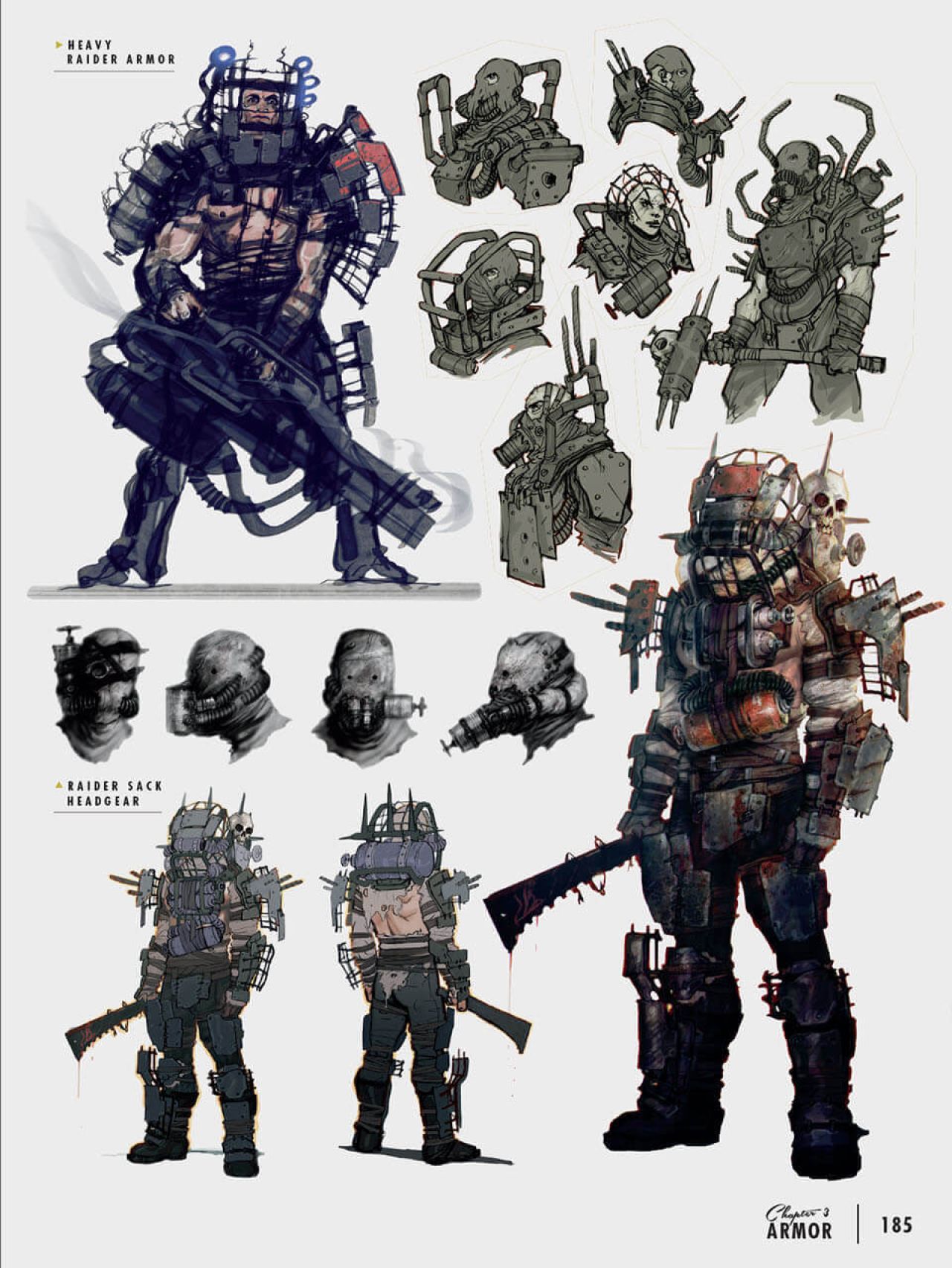
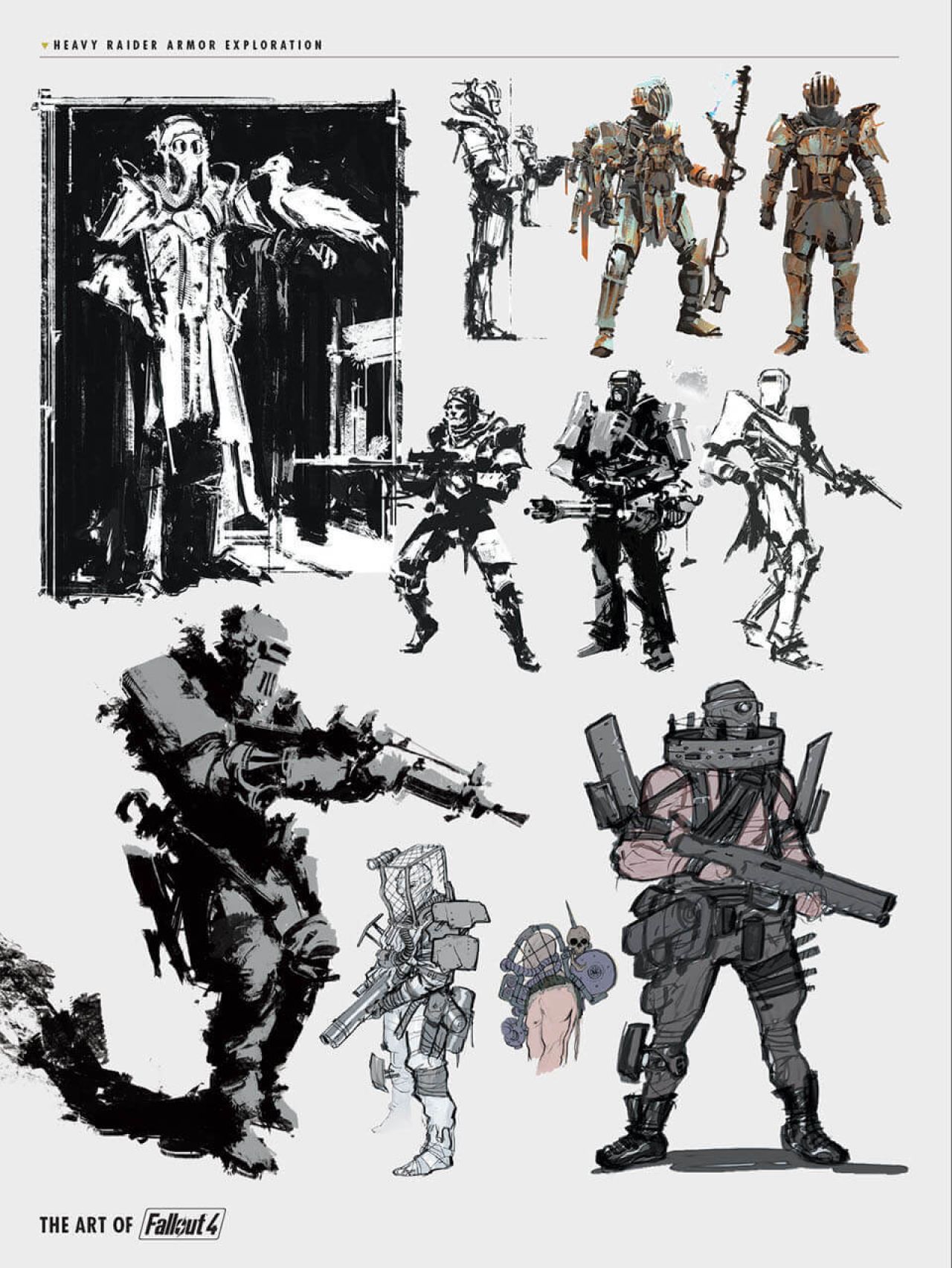
The game style, characters, small decor items, and entire levels are created according to the scenario. A scenario is approved by a game designer. In most cases, the development cannot be started until 80% of the content concept is completed. Sometimes, when the concept cycle is complete and everything is ready for production, the cycle can be started again. Such decisions can be reasonable before the project goes to production. Heavy losses can be sustained at a production stage due to the clumsiness of the pipeline. Companies are ok with such practice. Even 10 processing game cycles at the concept stage will cover the losses if the game is successful on release. Unlike the game made by the deliberately bad concept that does not pay off.
Often the concept departments, having handed over the project to the main development team, immediately begin work on a new project of the company, the concept of which will be completed just in time for the release of the previous one, providing a continuous pipeline operation process.

 (17 votes, average: 4.24 out of 5)
(17 votes, average: 4.24 out of 5)

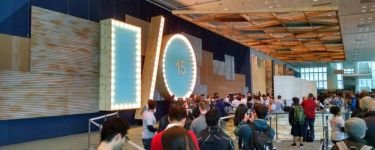

Martin Smith says:
Nice Share, thanks for the article…